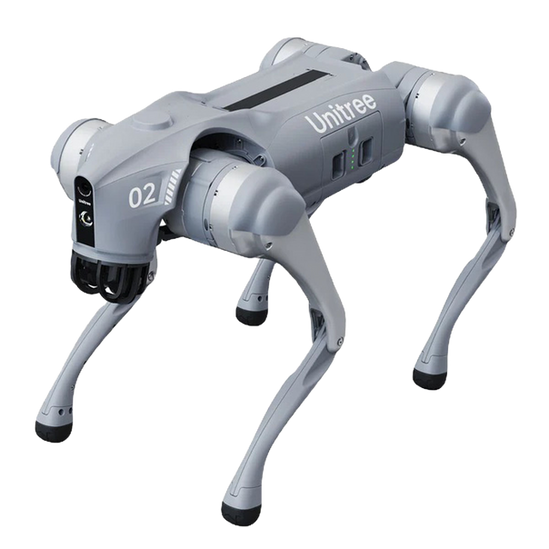Neural Networks
A type of AI modeled after the human brain, used for tasks such as image recognition and decision-making. Neural networks are employed in drones and robotics to improve autonomy and adaptability.
Artificial Intelligence (AI) is one of the most transformative technological advancements of our time, with various methodologies driving innovation across countless fields. Understanding the terminology within AI is crucial for grasping how these technologies operate and evolve. Terms like "Neural Networks" represent fundamental building blocks in AI that are vital for shaping the future of automation, decision-making, and intelligent systems.
What are Neural Networks?
Neural Networks are a type of AI modeled after the human brain, used for tasks such as image recognition and decision-making. These systems consist of interconnected nodes, or "neurons," that process data in layers. Inputs pass through these layers, and through weighted connections, the network learns to make predictions or classifications based on the input data. This technology has become indispensable in domains like robotics and drones, enhancing their autonomy and adaptability in performing tasks without human intervention.
Key Concepts:
Neurons: The basic units of a neural network that receive input, process it, and pass on output to subsequent neurons.
Layers: Neural networks are structured in layers, including input, hidden, and output layers, each serving a specific function in data processing.
Activation Function: A mathematical function that determines whether a neuron should be activated based on its input, introducing non-linearity into the model.
Training: The process of using labeled data to adjust the weights of the network so that it can accurately predict or classify new data.
Overfitting: A common training challenge where the model performs well on training data but poorly on unseen data, indicating that it has learned noise rather than patterns.
Applications and Relevance:
Image Recognition: Used in applications like facial recognition, where systems identify and verify individuals based on images.
Natural Language Processing (NLP): Powers applications like chatbots and translators that understand and generate human language.
Autonomous Vehicles: Neural networks process sensor data to enable vehicles to interpret and navigate their environment.
Healthcare Diagnostics: Applied in medical imaging to assist in diagnosing conditions by analyzing images and suggesting potential ailments.
Challenges and Considerations:
Data Requirements: Neural networks often require large amounts of labeled data to train effectively, which can be a barrier in certain fields.
Computational Cost: The resource-intensive nature of training deep neural networks can necessitate strong hardware capabilities and energy consumption.
Interpretability: Many neural networks function as "black boxes," making it challenging to understand how they arrive at certain decisions.
Bias in Data: If training data contains biases, the neural network can perpetuate or amplify these biases in its decisions.
Future Trends and Innovations:
Explainable AI (XAI): A growing field focused on making AI decisions more transparent and understandable, particularly for neural networks.
Smarter Architectures: Innovations like transformer networks that can handle sequential data more effectively than traditional architectures.
Edge Computing: Neural networks are increasingly being deployed on edge devices, allowing for real-time processing with reduced latency and bandwidth demands.
Federated Learning: A method where models are trained across decentralized data sources while keeping data local, enhancing privacy and data security.
Neural Networks stand at the forefront of artificial intelligence, continually driving advancements that affect numerous sectors, from healthcare to autonomous systems. Understanding their intricacies not only illuminates how machines learn and make decisions but also reveals the potential and pitfalls that come with this powerful technology. As we navigate the unfolding landscape of AI, Neural Networks will undoubtedly play a central role in shaping our future.














